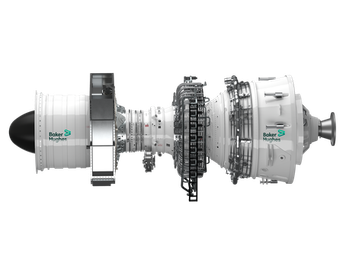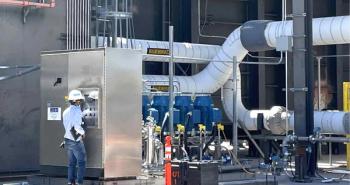
Kansai, Kawasaki Continue Pilot Project Trend at Himeji Station with Hydrogen Emissions Test
Key Takeaways
- Kansai Electric Power, BIPROGY, and Kawasaki are testing CO2 emissions tracking in hydrogen processes to enhance low-carbon hydrogen value and usage.
- The tests involve nuclear-derived and green hydrogen, with Det Norske Veritas ensuring compliance with international standards.
The tests, which will track CO2 emissions across various hydrogen processes, utilize nuclear-derived low-carbon hydrogen and green hydrogen produced in Japan.
The Kansai Electric Power Co. (KEPCO), BIPROGY, and Kawasaki Heavy Industries (Kawasaki) are commencing
It will deploy nuclear-derived low-carbon hydrogen from the Fukui Prefecture and renewably generated green hydrogen from the Yamanashi Prefecture. Testing will calculate and track the CO2 emissions of hydrogen every 30 minutes, verifying whether the power derived from hydrogen co-firing can be attributed to low-carbon hydrogen or green hydrogen. Det Norske Veritas will ensure that the tracking method is compliant with international standards.
Through these demonstration tests, the partners aim to determine electricity origin and the time/location of hydrogen production for consumers. It will also build Japan’s hydrogen supply chain; help achieve carbon neutrality, and encourage the joint investigation of commercialization.
Mitsubishi Tests CO2 Capture at Himeji No. 2
In May 2025, Mitsubishi Heavy Industries (MHI) installed, commissioned, and kick-started a
KEPCO’s power plant currently captures approximately 5 tons of CO2 per day, with the next-generation pilot project expected to increase the CO₂-capture rate following demonstration. MHI also installed its ΣSynX Supervision remote monitoring system to monitor and collect pilot data. With the pilot, MHI looks to:
- Strengthen its carbon capture, utilization, and storage (CCUS) business
- Accelerate R&D for minimizing environmental footprint and lowering costs
- Enable additional demonstration tests with new equipment
- Adhere to MISSION NET ZERO—an initiative to decarbonize both energy supply and demand by 2040
KEPCO and MHI have partnered on the research and development of CO2-capture technologies since 1990. With this pilot project, they will respond quickly to customers’ requirements to reduce greenhouse gas emissions and comply with environmental regulations.
KEPCO Dives into CCS
In 2022, MHI Group and ExxonMobil joined forces to develop an end-to-end, next-generation CCS solution for power plants. MHI and KEPCO offered their KM CDR and Advanced KM CDR technologies for this initiative, which are presently installed across 18 power plants.
The Advanced KM CDR process uses the KS-21 solvent, an improved version of the amine-based KS-1, delivering enhanced regeneration efficiency and reduced deterioration compared to its predecessor. Through numerous pilots, demonstrations, and commercial operations, this CO2-capture technology has shown energy-saving performance, minimized OPEX, and lowered amine emissions.
Newsletter
Power your knowledge with the latest in turbine technology, engineering advances, and energy solutions—subscribe to Turbomachinery International today.





